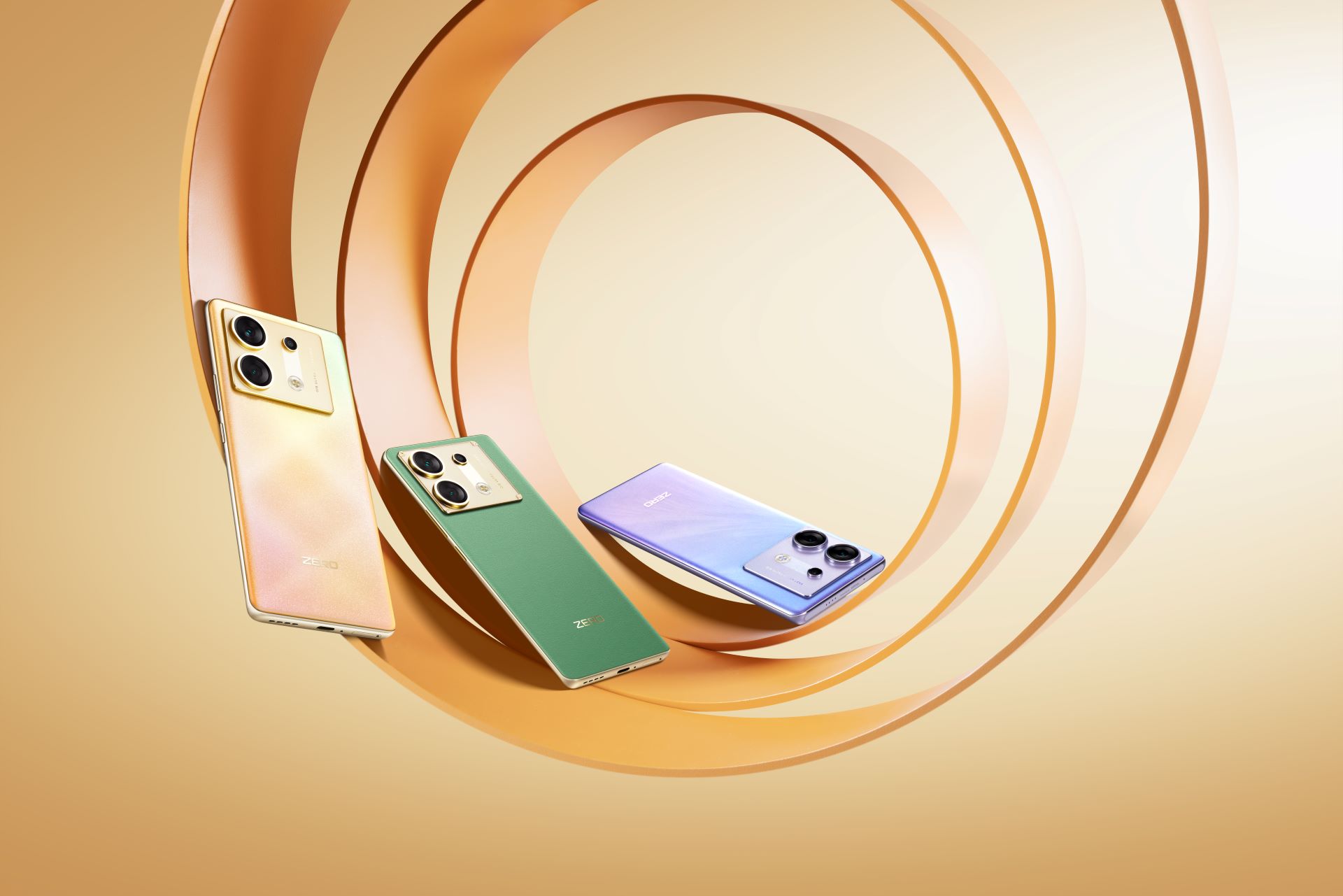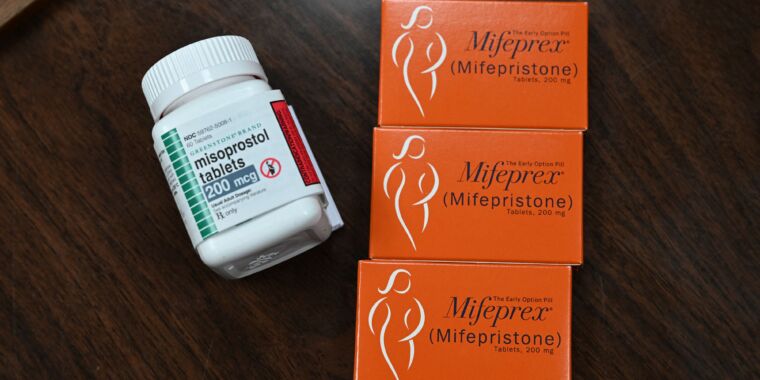Manufacturers’ chip stocks have dwindled to a minimum, with many manufacturers stating that they received only 80 percent of the parts ordered in the second quarter.
Counterpoint Research has lowered its estimate for this year’s global smartphone shipments. Shipments of the device were originally projected at 1.45 billion units by 2021, an annual increase of 9 percent, but due to a shortage of chips, Counterpoint for this year’s has reduced its estimate to 1.41 billion smartphones shipped, a 6 percent year-over-year increase. Semiconductor shortages have been a problem since last quarter of last year and have been going on ever since. received a percentage. Moreover, the situation was even worse in the now-completed third quarter, when some companies received only 70 percent of the parts ordered.
According to Counterpoint Research, 90 percent of the smartphone industry was affected by chip shortage. The company claims that even though components such as the Display Driver IC (DDI), the main semiconductor used in smartphone displays, and power management integrated circuits (PMICs) were both in short supply, advanced design has helped the smartphone industry further growth. In addition, the accumulation of application processors (APs) and camera sensors has allowed smartphone manufacturers to continue to grow.
Application processor (AP) is just a fashionable term for what is commonly used. it is called the chipset used in the phone. An example of an AP used in the iPhone 13 series is the A15 Bionic. Counterpoint traces the shortage of AP chips back to the low rate of return from new assembly lines that make chips in foundry-owned manufacturing plants. Qualcomm and Mediatek, the two leading AP vendors in the smartphone industry, rely on Samsung and TSMC, respectively, to manufacture Application Processors for chips sold to phone manufacturers, and low yields further increase chip shortages.
Tom Kang, director of research at Counterpoint Research, said “semiconductor shortages seem to affect all brands of ecosystems. Samsung, Oppo, Xiaomi are all affected, so we’re cutting our forecasts. However, Apple seems to be the most resilient and least affected by the AP deficit “. Although Counterpoint did not explain why Apple was able to get away with it, the answer is fairly easy to deduce.
As the largest customer of the world’s largest foundry, Apple certainly enjoys special treatment at TSMC. It’s not just about care. Starting in January, for example, TSMC will raise its prices by 20 percent, but Apple will only increase its price by 3 percent. Apple accounts for more than 20 percent of TSMC’s revenue and roughly a fifth of its profits.
Apple is negatively affected by TSMC’s announcement weeks ago that the 3-nm a process node that would have been used to produce the A16 Bionic planned for next year is too complicated and is delayed until the A17 Bionic for the iPhone 15 series. This could mean billions less transistors getting inside the A16 Bionic, resulting in less improvement in the performance and energy efficiency of the iPhone 14 series.
The number of A15 Bionic transistors increased by 27 percent to 15 billion compared to the A14 Bionic’s 11.8 billion transistors and the A13 Bionic’s 8.5 billion transistors. The transistor density of the A15 Bionic, which measures the number of transistors that fit within one square mm, was much more eloquent. This figure rose to 135.14 million from 134.09 million the previous year.
Although the iPhone was avoided by a lack of chips, Apple acknowledged that both the iPad and the Mac suffered the company closed its third financial quarter in June. Following the earnings report, Tim Cook told the media that “The deficit was primarily on the Mac and iPad. We projected the deficit at $ 3-4 billion. But we actually managed to reduce some of that and ended up at the lower end of that range.”
Hardware, software, tests, curiosities and colorful news from the IT world by clicking here!
Note: This article has been indexed to our site. We do not claim legitimacy, ownership or copyright of any of the content above. To see the article at original source Click Here
(adsbygoogle=window.adsbygoogle || ).push();












